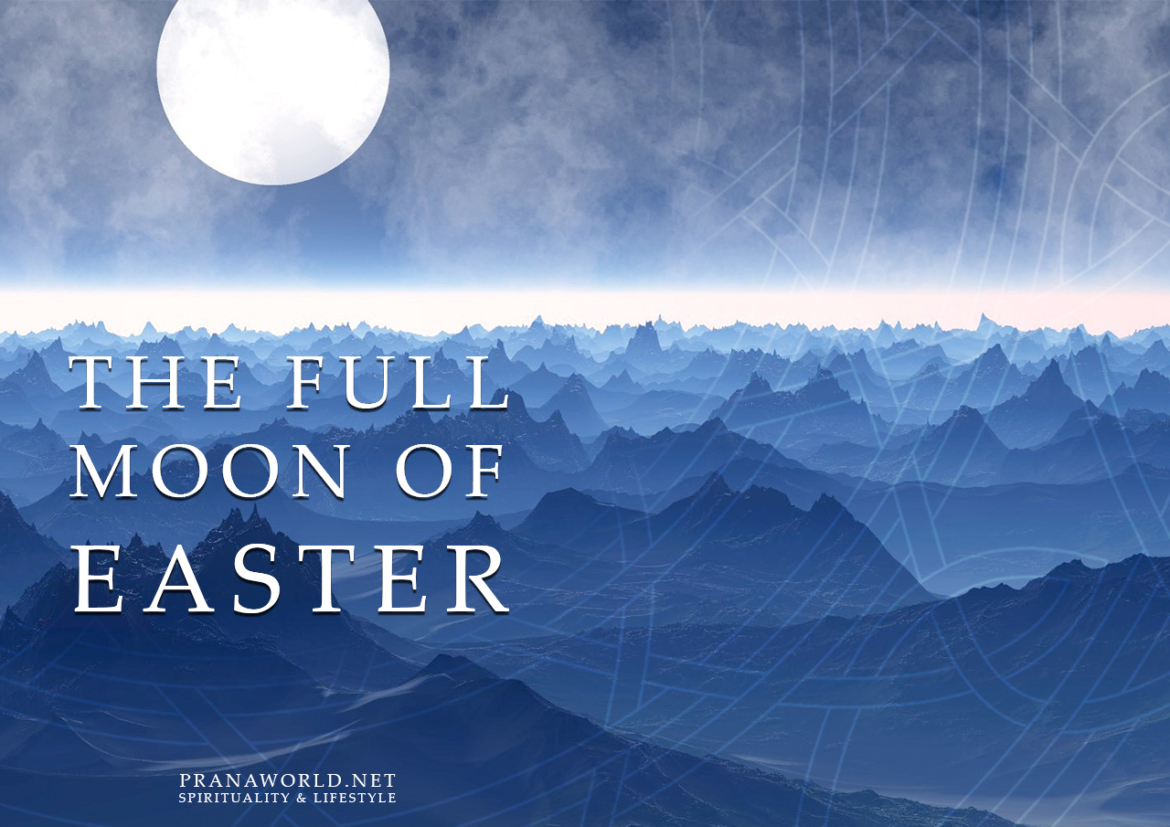Easter, a cornerstone of the Christian liturgical calendar, is a celebration that marks the resurrection of Jesus Christ. Each year, the date of Easter shifts, creating a cycle of celebrations that can baffle the curious. This variability is rooted in a combination of astronomical phenomena and ecclesiastical tradition, predominantly the full moon. Understanding the intricate methods by which the date of Easter is determined reveals not only the beauty of its foundations but also the theological significance it embodies for Christian believers around the world.
The date of Easter is determined by a formula that deems it a “movable feast.” Specifically, Easter is celebrated on the first Sunday after the first full moon occurring after the vernal equinox. This means that Easter can be observed as early as March 22 and as late as April 25. The full moon, known as the Paschal Full Moon, plays a vital role in this equation, representing a confluence of natural phenomena and biblical symbolism.
The church’s reliance on lunar cycles relates to Jewish tradition, as the Last Supper—the event that initiated the Holy Week leading to the resurrection—occurred during Passover, which is also determined by a lunar calendar. The Jewish calendar is lunisolar, meaning that it accounts for the cycles of both the moon and the sun. Thus, incorporating the full moon into the determination of Easter creates a theological connection to the Judaic roots of Christianity.
In 325 AD, the First Council of Nicaea established this formula. The council sought to address the division among Christians regarding the celebration of Easter, which had been observed on various dates by different groups. By determining a unified method for dating Easter, the council was not only attempting to promote harmonization within the Christian community but also to underscore the significance of the resurrection in the grand narrative of salvation history.
Theological implications can also be derived from the timing of Easter in relation to the spring equinox. The vernal equinox, which typically occurs around March 20 or 21, is a period of renewal and rebirth in nature, aligning beautifully with the themes of resurrection and new life. The decision to anchor Easter to this season reinforces the message of hope and rejuvenation that is central to the Christian faith. It invites believers to reflect on the miracle of life springing forth from the seeming finality of death.
Moreover, the utilization of lunar cycles ties deeper symbolism into the fabric of Christian theology. The moon, which waxes and wanes, embodies the duality of light and darkness, mirroring the dichotomy of death and resurrection. In this context, the full moon serves as a reminder of the triumph of Christ over death, allowing believers to grasp the profundity of Easter as a pivotal event of victory and divine power.
As one contemplates the complexities behind the timing of Easter, it becomes clear that this annual observance is not merely a celebration of an event that occurred centuries ago, but a dynamic encounter with the eternal truths of faith. The transition from darkness to light, from despair to hope, captures the essence of the Christian narrative. It prompts believers to renew their devotion and to embrace the broader implications of resurrection in their daily lives.
It is also important to acknowledge the debates that have arisen concerning Easter’s calculative legacy. Some Christian denominations, particularly within the Eastern Orthodox tradition, follow a different calendar system, resulting in varied dates for the celebration of Easter. The Julian calendar, which the Orthodox churches adhere to, is currently thirteen days behind the Gregorian calendar utilized by Western churches. This divergence raises questions regarding tradition, unity, and doctrinal interpretation within the broader Christian community.
Reflecting on the fluidity and significance of Easter’s date incites curiosity and beckons contemplation. Why does the Church place such prominence on this complex calculation? What deeper truths does the interplay between time and faith unveil for contemporary Christians? These questions ignite a journey into both historical understanding and personal introspection.
Furthermore, the annual observance of Easter encourages communities to delve into the broader themes of renewal and transformation that transcend the boundaries of calendar limitations. Each year presents an opportunity for spiritual rebirth, mirroring the natural phenomenon of spring, and offers believers a chance to recommit themselves to the principles of love, forgiveness, and service around which Christ’s teachings revolve.
Ultimately, the date of Easter symbolizes more than simply an occasion on which Christians gather to celebrate. It serves as a testament to the profound relationship between time, celestial events, and divine intervention. The full moon and the Church’s traditions converge to create a moment that encapsulates not just the resurrection of Christ but also the hope for humanity and the promise of eternal life.
In conclusion, as each year unfolds with the approach of Easter, Christians are invited into this intricate dance of celestial timing and sacred remembrance. The full moon, the vernal equinox, and ancient traditions intertwine to create a tapestry of faith that not only honors the past but also beckons believers toward a future filled with promise and renewed hope. Each celebration invites us not merely to commemorate an event but to engage with its implications in our lives, encouraging a constant shift in perspective and a deeper exploration of what it means to live in the light of the resurrection.



